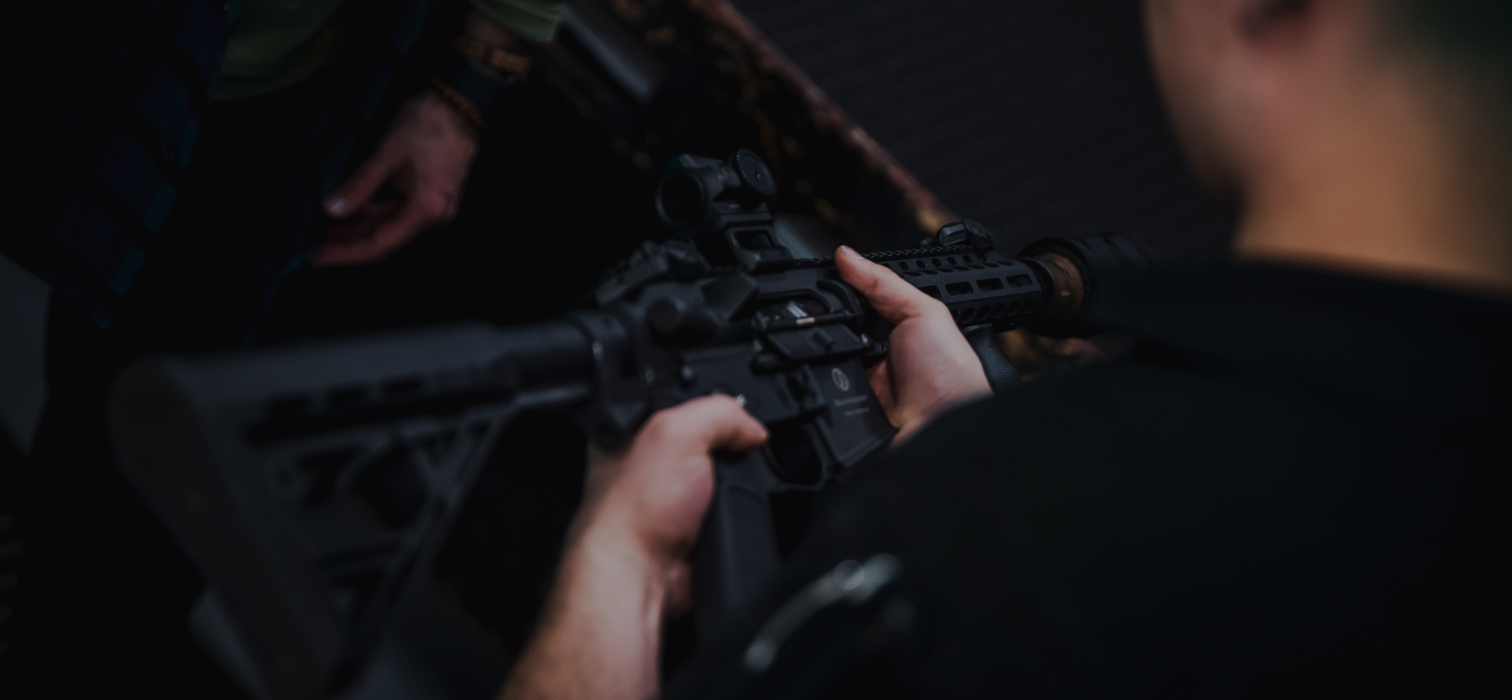
MiniUZI 

Submachine guns
Kč
Per hour for firearms license holders
400 Kč
For rental with an instructor + 10 shots
For rental with an instructor + 10 shots
Per hour for firearms license holders
| Calibre | 9 mm Luger |
|---|---|
| Barrel length | 197 mm |
| Range | 200 m |
| Weight | 2,7 kg |
| Magazine size | 32 |
| Country of origin | Israel  |
Mini Uzi — Compact Powerhouse
Introduction: Small frame, big bite
The Mini Uzi is the shortened, more maneuverable descendant of the legendary Uzi submachine gun. Designed to keep the original’s rugged reliability and high rate of fire while fitting into tighter spaces, the Mini Uzi became a go-to option for special units, VIP protection details and law-enforcement teams operating in urban and vehicle environments.
History and why it was developed
After the success of the original Uzi, Israel Military Industries (IMI, later Israel Weapon Industries) explored ways to make the platform even more compact without sacrificing function. Introduced around 1980, the Mini Uzi was born from that effort: a scaled-down design that retained the Uzi family’s simple blowback action and stamped-steel robustness but with a shorter receiver and barrel for superior handling in confined spaces. Its compact size and proven mechanism quickly earned it adoption by military and police units worldwide.
Design & technical highlights — what matters in practice
What this means in the field: The Mini Uzi trades some muzzle velocity and theoretical accuracy at distance for agility and devastating close-range volume of fire. Its easy maintenance and simple mechanics make it reliable under adverse conditions; the higher cyclic rate requires training to keep fire effective rather than wasteful.
Operational use — who adopted the Mini Uzi and why
In short: the Mini Uzi excelled where mobility and immediate firepower mattered more than extended effective range.
Pop-culture presence
The Uzi family—including the Mini Uzi and its relatives—became a staple in films, TV and video games because of its instantly recognizable silhouette and dramatic rate of fire. It appears frequently in action movies and franchises and has been featured in many well-known video games and films that emphasize close-quarters combat.
Variants and evolutions
Each step down in size increases portability and concealability while demanding more from the shooter to maintain controllable, accurate bursts.
Pros vs. Cons — quick comparison
Advantages
Disadvantages
FAQ — short answers
What is the main advantage of the Mini Uzi over the original Uzi?
The Mini Uzi offers much better maneuverability and concealability while keeping the original’s reliability and firepower—making it ideal for vehicle crews, close-quarters teams and protection details.
Is the Mini Uzi still used today?
Yes—while many modern compact submachine guns and personal defense weapons (PDWs) have emerged, Mini Uzis still see use with some units and remain popular with collectors and historical enthusiasts.
Why does the Mini Uzi have a higher rate of fire?
Shortening the receiver and bolt travel reduces the distance the bolt moves each cycle, which raises the cyclic rate. Practically, that produces very rapid bursts that must be carefully managed to stay accurate.
Can I mount modern accessories on a Mini Uzi?
Many upgraded or aftermarket versions offer Picatinny rails and folding or adjustable stocks, but original production models were minimalistic—add-ons depend on the specific variant or conversion.
Conclusion
The Mini Uzi distilled the Uzi family’s proven toughness into a package built for cramped, chaotic environments. It’s not a long-range precision tool—it’s a short-range, high-intensity answer to the problem of putting controlled, overwhelming firepower into very small spaces. For that role it has proven itself over decades and secured its place in both tactical history and modern pop culture.

